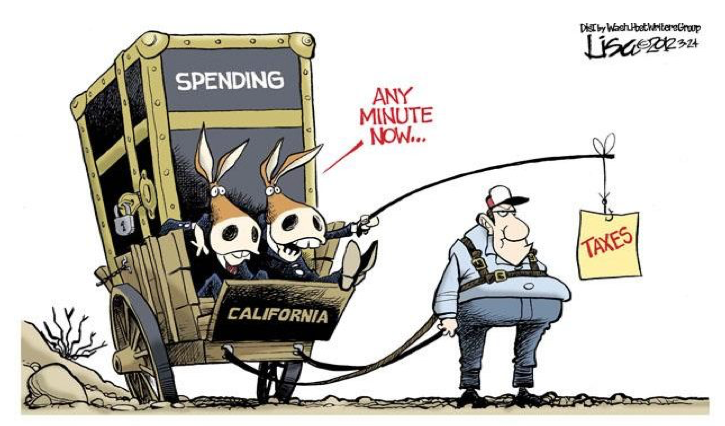@THE GUSS REPORT-Los Angeles City Councilmember Curren D. Price Jr. has been implicated for fraud and perjury, perhaps unwittingly, by his own attorney Stephen J. Kaufman.
And that’s the least of Price’s problems.
The backstory is this: In a misdated 2012 affidavit, Price and his then-divorce attorney Albert Robles (who is the current Mayor of Carson, CA) claimed that Price’s first wife Lynn could not be located for the purpose of serving her divorce papers, although they repeatedly tried to serve her at her residence at 4519 Don Arturo Place in Los Angeles.
The problem is, Lynn Price never lived there.
A bigger problem is that Curren Price knew that Lynn Price never lived there.
That’s because the property was and remains owned by Price’s second wife, Del Richardson-Price, since June 21, 2001.
Yet, as documented in Mr. Price’s and Mr. Robles’ affidavit, they repeatedly sent his process server, Antonio D. Inocentes, to that address on January 18, 19 and 21, 2012 to document multiple attempts to serve her – to a location at which Mr. Price, and perhaps Mr. Robles, knew she never lived.
A few days ago, I got an email from Mr. Price’s current attorney, Stephen J. Kaufman, in which he echoed a call he made to me a few days earlier, perhaps without understanding the implication of his words. “Lynn Suzette Price never lived at 4519 Don Arturo Place,” he reiterated to me.
Was it Mr. Price’s goal in misleading the court his desire to obtain a divorce from his first wife Lynn without serving her notice of it? His reason for doing that may have been to shield the assets of his second wife, Del Richardson-Price, and his own assets (worth millions of dollars combined) from being split as community property.
Why would the assets of Price’s second wife, Del, be subject to community property splitting with his first wife, Lynn?
Because records suggest that Curren D. Price, Jr., a Los Angeles City Councilmember, is concurrently married to both women.
While Mr. Price has denied being a bigamist in media reports, he refuses to state when he married his second wife, Del. According to some of their sworn documents, he and Del wed between August 8, 2008 and April 1, 2014, without his first divorcing his first wife Lynn. The big “if” is whether their sworn statements on real estate and other documents are truthful.
According to Mr. Price’s LA City Ethics forms, at the time he claimed his first wife Lynn resided at the Don Arturo house, he simultaneously received more than $10,000 in annual rental income (possibly a great deal more) for its occupancy from Dr. Josephine B. Isabel-Jones, a pediatric cardiologist at UCLA, and her family, whose residency at the hillside home-with-a-view has been confirmed.
So sit with that for a moment.
Knowing that his first wife Lynn never resided at the house on Don Arturo Place, Mr. Price still had his process server repeatedly go to that address, disrupting his paying tenants, the Jones family, in order to willfully mislead the divorce court that he was making an attempt to serve Lynn there.
A few months later in 2012, the Los Angeles Superior Court didn’t buy Price’s and Robles’ claim that they could not locate Lynn Price and denied their request to instead serve notice with a paid newspaper advertisement. Lynn Price’s address was readily available on the website of her Trenton, N.J., law firm, on the California and New Jersey Bar Association websites and through other sources. The divorce file has been in limbo ever since, and is overdue for a housecleaning update, or an “Order to Show Cause,” by the court.
While District Attorney Jackie Lacey and apparently the FBI investigate Price’s activity in this mess, what those agencies may not yet know is this:
According to Los Angeles County Registrar-Recorder records, the voter registration of Mr. Price’s first wife Lynn has been dormant for all elections from 2002 to the present. But in August 2010, in the midst of Mr. Price’s unsuccessful and dubious attempt to get a divorce from her, someone changed Lynn’s address on her voter registration to – you guessed it – 4519 Don Arturo Place, without her ever living there, and without her using that address to vote in that year or in any year since. (Lynn Price has for years been registered to vote in New Jersey.)
Mr. Price’s current attorney Stephen J. Kaufman denies that his client or anyone close to him had anything to do with changing Lynn Price’s voter registration, claiming that it was automatically changed through the United States Postal Service’s National Change of Address System.
But that’s not possible, according to both the USPS and the LA County Registrar-Recorder’s office.
“The Postal Service’s National Change-of-Address system does not reach out and ‘change’ a customer’s address” without explicit direction from the person or someone pretending to be her, said Evelina Ramirez, a USPS spokesperson. And the USPS doesn’t change someone’s voter registration, at all. The LA County Registrar-Recorder’s office in Norwalk echoed that sentiment. A voter registration is only changed when they receive a mail-in affidavit or DMV change, which is scanned and saved, or via correspondence, which is not.
Because Lynn Price’s change of voter registration address has no stored affidavit or DMV transaction, it is believed to have been changed through correspondence.
Attorney Kaufman, when told that his client Mr. Price claimed on his 2012 affidavit that Lynn Price did reside at the Don Arturo address, stopped talking altogether and did not respond to the following questions:
- Could he identify anyone other than Curren Price or Del Richardson-Price who stood to benefit from that change of Lynn Price’s voter registration address?
- Why, if Lynn Price never lived at the Don Arturo Place house, did the National Change of Address system just happen to choose his client’s second wife’s house as the new address for her voter registration?
- Why does he believe that the National Change of Address system changed Lynn Price’s long-dormant Los Angeles voter registration, but not her active one in New Jersey?
- Why, if Lynn Price never lived at Don Arturo, did his client have his process server attempt to serve her there three times in January 2012?
Kaufman’s deflections are not only ludicrous on their surface, but also statistically questionable.
There are 3.267 million residential housing units in Los Angeles County. The odds of Lynn Price’s voter registration being randomly and illegally transferred to an address owned by her husband and his second wife are significantly worse than her odds of winning a high-end grand prize in a California Lottery scratcher game, which is about 1 in 3,000,000. And this just happened to occur at a time when Mr. Price and Mr. Robles tried to convince the court that they could not locate her at that exact address.
Further, throughout a five-year correspondence that Del Richardson-Price had with the IRS from at least June 2010 to July 2015, Del used Don Arturo as her address at the time Lynn Price’s voter registration was changed to the same address in August 2010.
Mr. Price refuses to state where he lived during this time.
The can of worms that that opens is this: if Del Richardson-Price told the truth about her residence address on her years-long communications with the IRS, why was she registered to vote, and still is, at a different address, in a different LA City Council District, far below her admirable, affluent economic status?
The Don Arturo house is located on a nicely manicured cul-de-sac in a hillside community with a sweeping view befitting someone of a doctor’s, or Curren Price’s and Del Richardson-Price’s, professional success. But it is located in LA City Council District 8.
Los Angeles City Councilmember Curren D. Price, Jr., represents Council District 9, aka, “The New 9th,” and it is illegal for him to reside outside of the community he represents. Just ask former LA City Councilmember Richard Alarcon what happened when he did that.
According to Curren Price’s and Del Richardson-Price’s current voter registrations, in stark contradiction to their address on IRS correspondence as late as 2015, they reside in a downscale, multi-family rental property in a working class community with a flock of roosters cock-a-doodle-doo’ing across the street and an inexpensive, conspicuously license-plated car, parked where millionaires with two six-figure incomes generally do not live.
Is something that started out as a simple inquiry of whether Mr. Price is a bigamist about to morph into something with far bigger consequences?
The evolution of this story can be found in my earlier CW articles:
February 27: “LA’s Own Bigamist-ery.”
March 2: “LA Sentinel Throws Up a Smoke Screen for Councilman Price on the Bigamy Mystery.”
March 6: “LA Times Tiptoeing Around the Price Bigamy Allegations.”
March 27: “Curren Price Plot Thickens: Councilman’s Problems are Bigger than Bigamy.”
(Daniel Guss, MBA, is a member of the Los Angeles Press Club, and has contributed to CityWatch, KFI AM-640, Huffington Post, Los Angeles Times, Los Angeles Daily News, Los Angeles Magazine, Movieline Magazine, Emmy Magazine, Los Angeles Business Journal and elsewhere. Follow him on Twitter @TheGussReport. Verifiable tips and story ideas can be sent to him at [email protected]. His opinions are his own and do not necessarily reflect the views of CityWatch.) Edited for CityWatch by Linda Abrams.

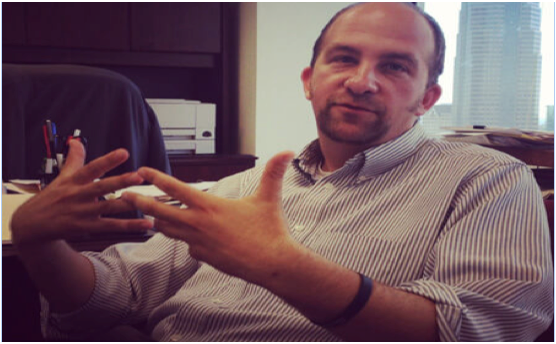
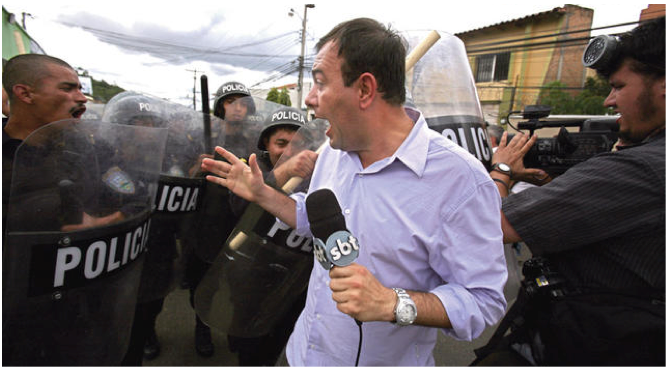
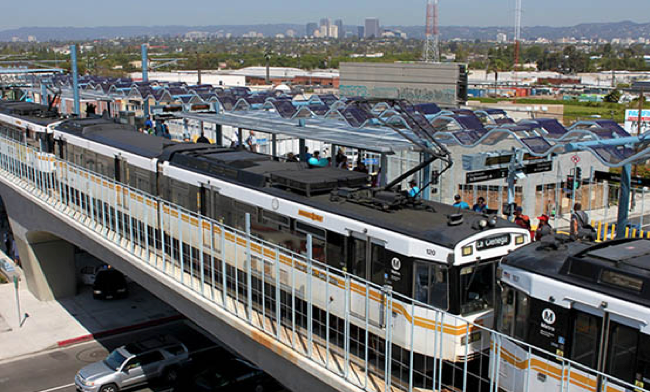
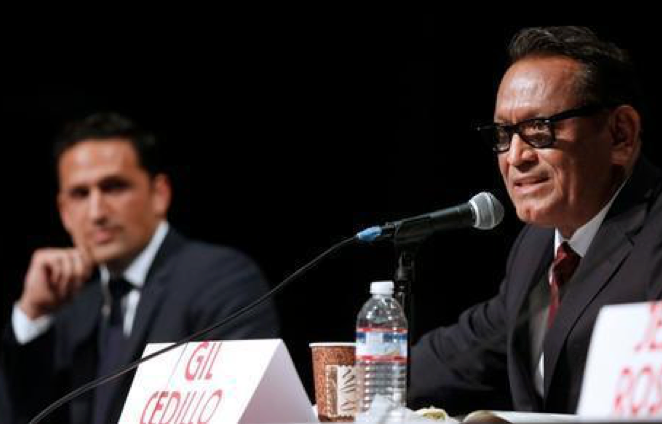
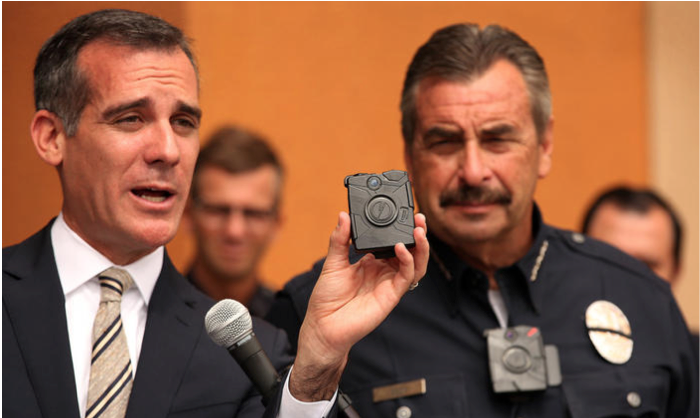
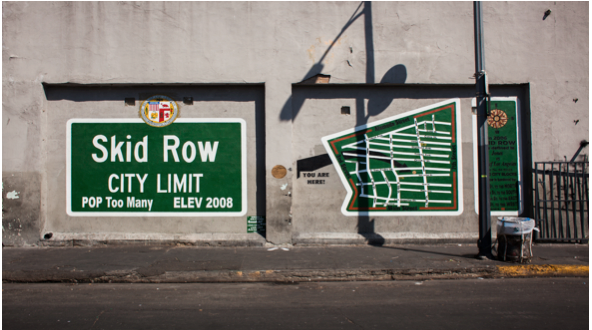
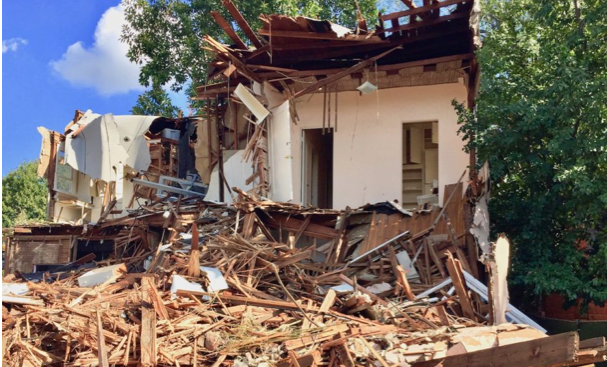
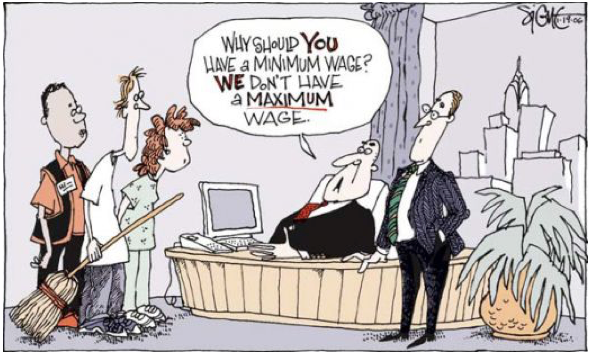

 But, as for the other part of the equation – fixing LA’s housing crisis – their theory has been a bust. Despite years of granting real estate developers every zoning request they request, as well as notoriously lax enforcement of the City’s building and zoning codes, LA’s
But, as for the other part of the equation – fixing LA’s housing crisis – their theory has been a bust. Despite years of granting real estate developers every zoning request they request, as well as notoriously lax enforcement of the City’s building and zoning codes, LA’s 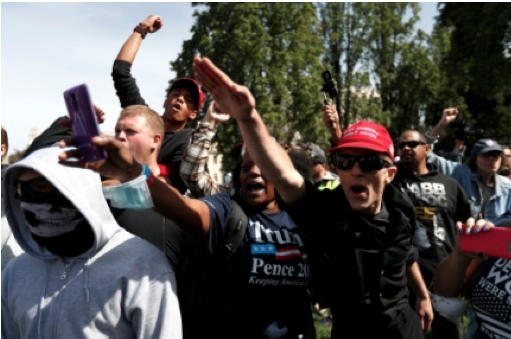
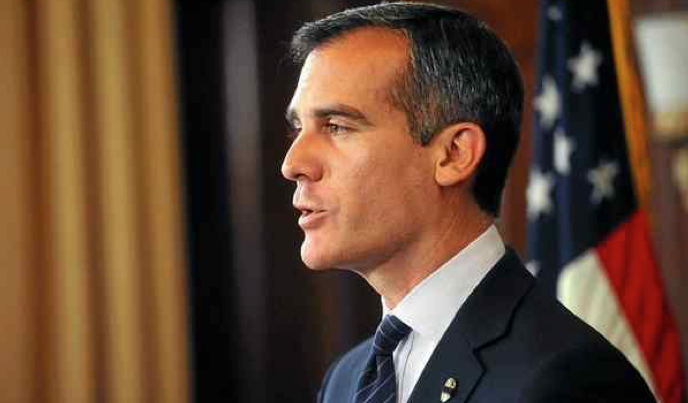
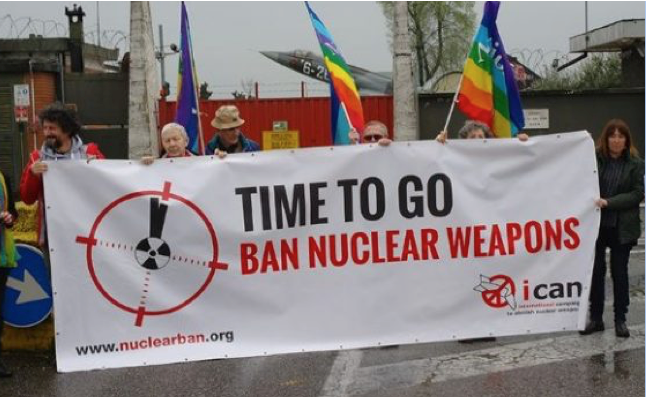
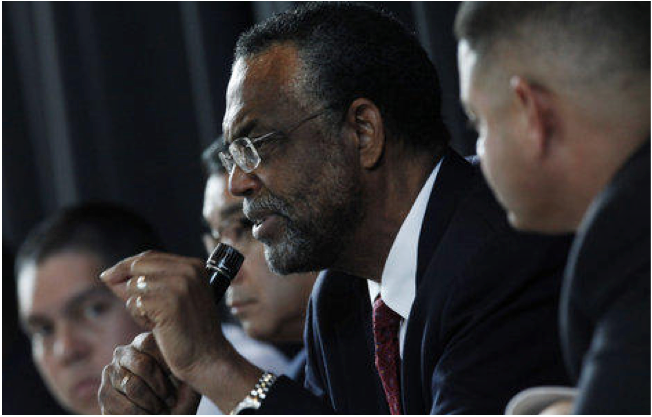

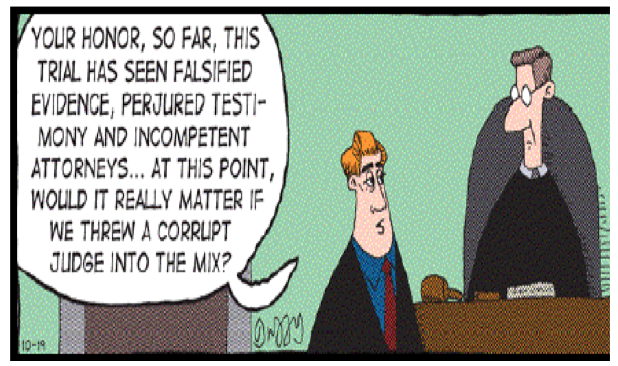


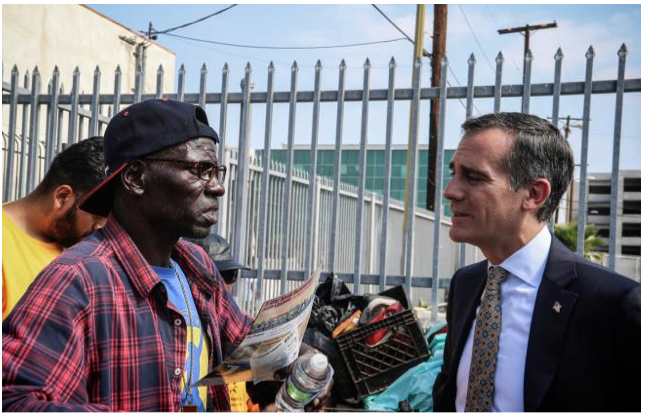

 If you count in the electricity generated by r ooftop solar panels, then on that day at that time, California was actually getting 50 percent of its electricity from solar.
If you count in the electricity generated by r ooftop solar panels, then on that day at that time, California was actually getting 50 percent of its electricity from solar.
